TikTok Shop Raises Seller Fees Across Europe as Platform Pushes for ‘Content-Driven Commerce’ Expansion
Reading Time: 3 minutesTikTok Shop is raising its sales commission for merchants across five active…
In a move aimed at enhancing product quality and boosting buyer confidence, TikTok Shop has launched category-based benchmarks for product listings. This update is designed to ensure that sellers meet minimum performance standards specific to their product categories, helping maintain consistency and trust in the marketplace.
The introduction of these benchmarks signals TikTok Shop’s growing focus on structured eCommerce. As the platform rapidly scales, the new system will likely reward high-performing sellers while filtering out low-quality listings. But what does this mean for TikTok Shop sellers?
TikTok Shop’s category-based benchmarks set specific performance metrics that sellers must meet to maintain visibility and sales. These benchmarks will apply to pricing, shipping time, return rates, and customer satisfaction within each product category.
The goal is to:
1. Stronger Competition Within Categories
Sellers will now be judged against others in their specific product category. This means that low-rated products may struggle to rank or even be flagged for removal if they do not meet category standards. Sellers who exceed benchmarks may see a boost in visibility and sales.
2. Pricing Strategies Will Need to Be More Competitive
If your pricing is significantly higher than the benchmark for your category, your product may rank lower or even receive a warning. This will push sellers to align pricing with market expectations or justify premium pricing through better service, faster shipping, or higher-quality listings.
3. Shipping & Return Performance Will Be More Scrutinized
With shipping times and return rates becoming category-specific metrics, sellers who consistently delay shipments or experience high return rates may face penalties or reduced visibility. TikTok Shop is pushing sellers to optimize their logistics to maintain compliance.
4. Customer Satisfaction Metrics Will Become More Important
Buyers’ ratings and feedback will now directly impact a product’s ranking within its category. This means that customer service, response times, and product descriptions must be on point to avoid negative reviews that could hurt visibility.
With category-based benchmarks, TikTok Shop is shifting towards a more structured, competitive eCommerce ecosystem. Sellers can no longer rely solely on virality—product quality, pricing, and service standards will now dictate success.
For high-performing sellers, this is an opportunity to stand out, rank higher, and drive more conversions. However, for those who fail to meet the standards, the risks of reduced visibility and lost sales will increase significantly. Now is the time for sellers to analyze their category benchmarks, optimize their operations, and stay ahead of the competition.

Reading Time: 3 minutesTikTok Shop is raising its sales commission for merchants across five active…

Reading Time: 11 minutesBy now you have seen your BFCM 2025 numbers. The harder question…
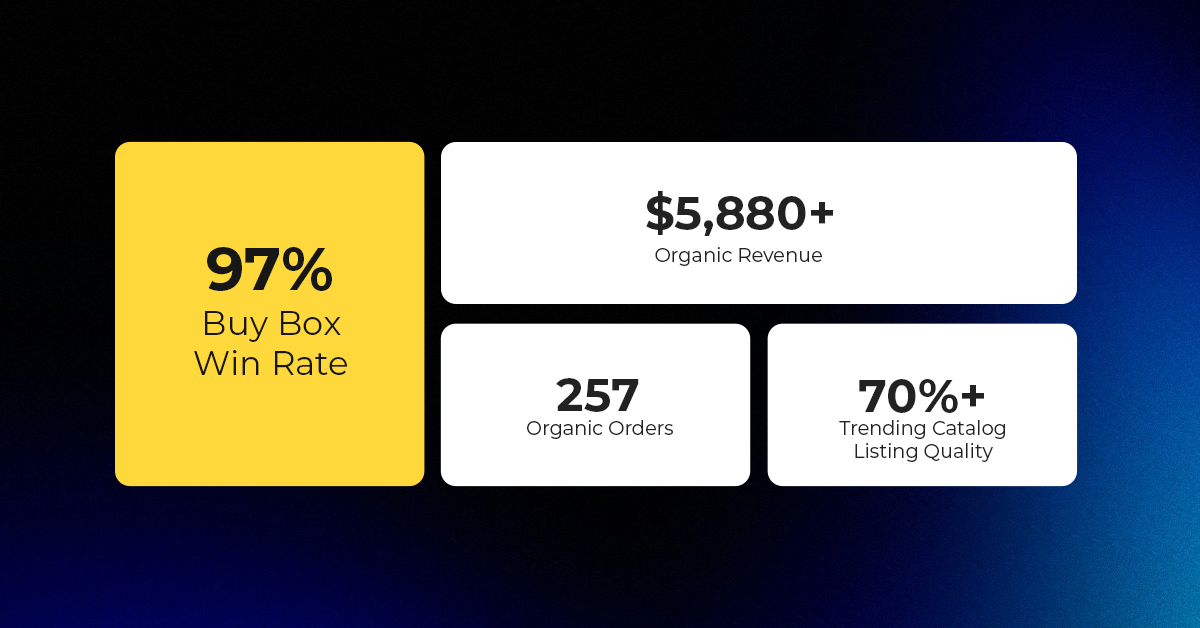
Reading Time: 3 minutesAbout the Brand Name: Vanity Slabs Inc Industry: Trading Slabs- Vanity Slabs…
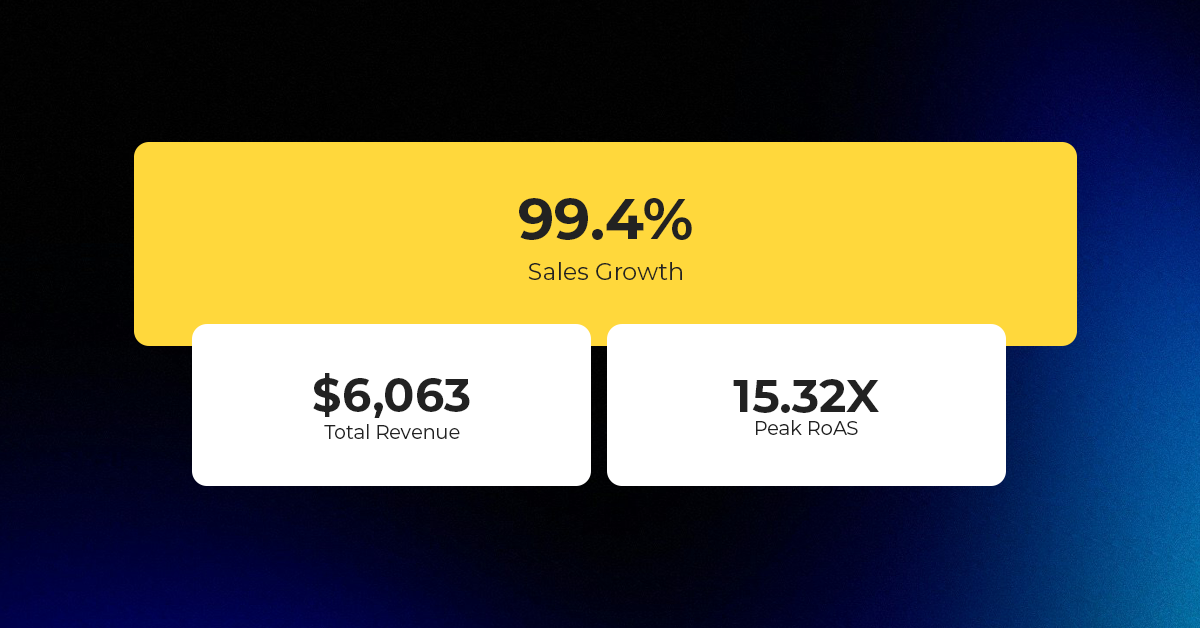
Reading Time: 2 minutesAbout the Brand Name: Ramjet.com Industry: Automotive Parts & Accessories Location: United…

Reading Time: 2 minutesAmazon is rolling out strategic referral fee reductions across five major European…
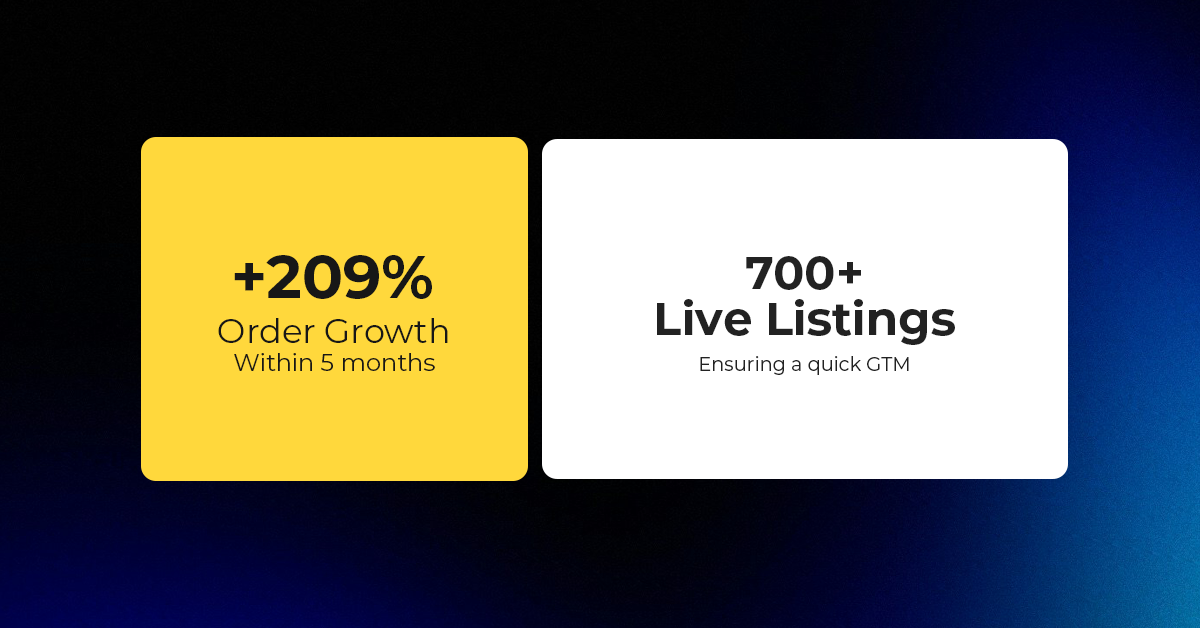
Reading Time: 4 minutesQuick Summary: Scaling Lifestyle Powersports on eBay with CedCommerce Challenge: Zero marketplace…

Reading Time: 4 minutesTikTok has surpassed 460 million users across Southeast Asia, reinforcing its position…

Reading Time: 3 minuteseBay has released its final seller news update for 2025, with a…

Reading Time: 3 minutesAmazon has clarified its stance regarding speculation around a potential breakup between…
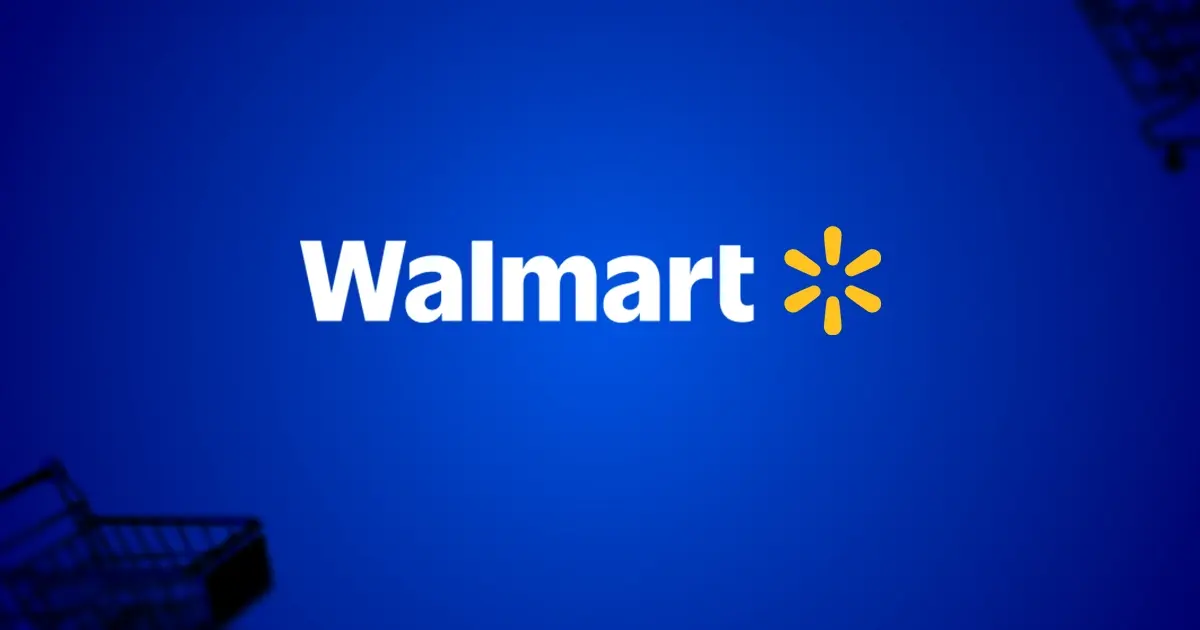
Reading Time: 4 minutesWalmart is accelerating its push into next-generation fulfillment by expanding its drone…

Reading Time: 4 minutesFaire, the fast-growing wholesale marketplace connecting independent retailers with emerging brands, has…

Reading Time: 4 minutesB2B buying in the United States is undergoing a fundamental behavioral shift…
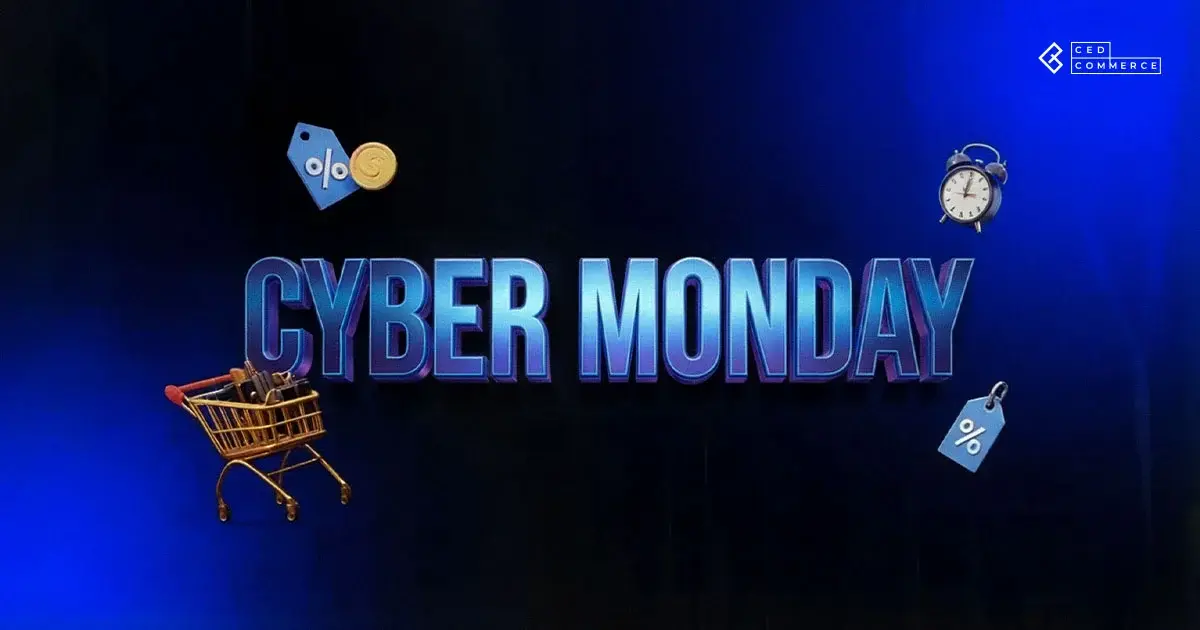
Reading Time: 3 minutesSummary Cyber Monday 2025 has officially become the largest online shopping day…

Reading Time: 2 minutesSummary Amazon kicked off December with two major developments shaping the future…

Reading Time: 2 minutesSummary Walmart has entered December with two major moves that signal a…
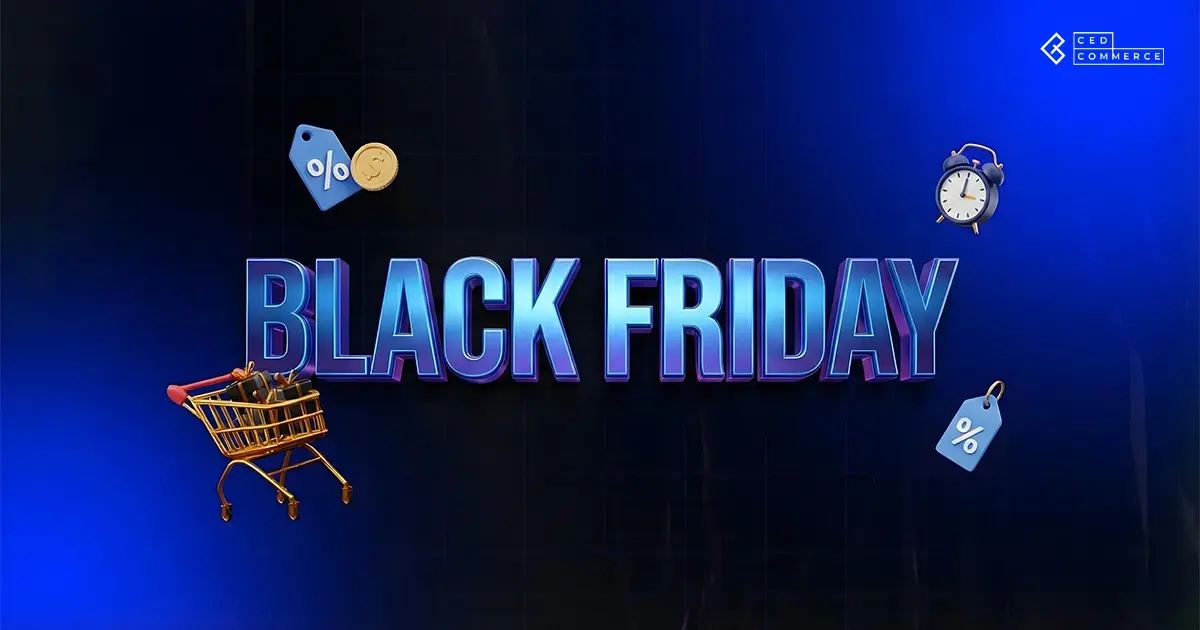
Reading Time: 2 minutesBlack Friday 2025 delivered the strongest U.S. eCommerce performance in history, as…
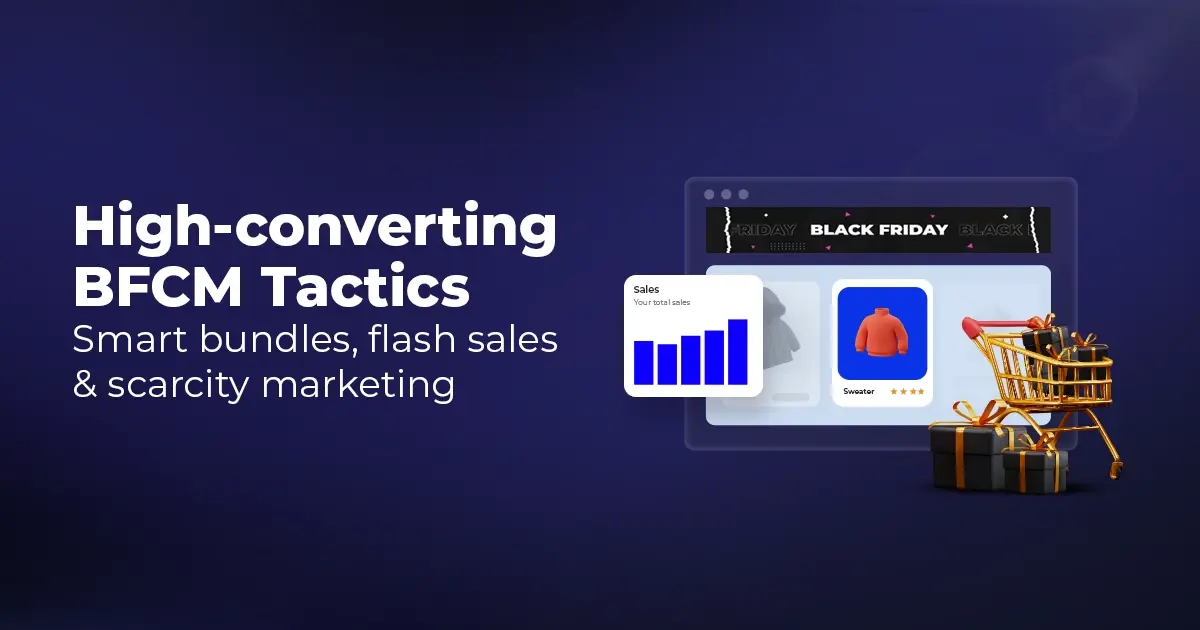
Reading Time: 13 minutesStill approaching BFCM with generic discounts, last-minute price cuts, or scattered promotions?…

Reading Time: 3 minutesTikTok Shop reached a major milestone during its largest U.S. “Global Black…

Reading Time: 3 minutesOpenAI has announced a new AI-powered shopping research tool designed to help…

Reading Time: 9 minutesIf your TikTok Shop listings often sit in review or your visibility…